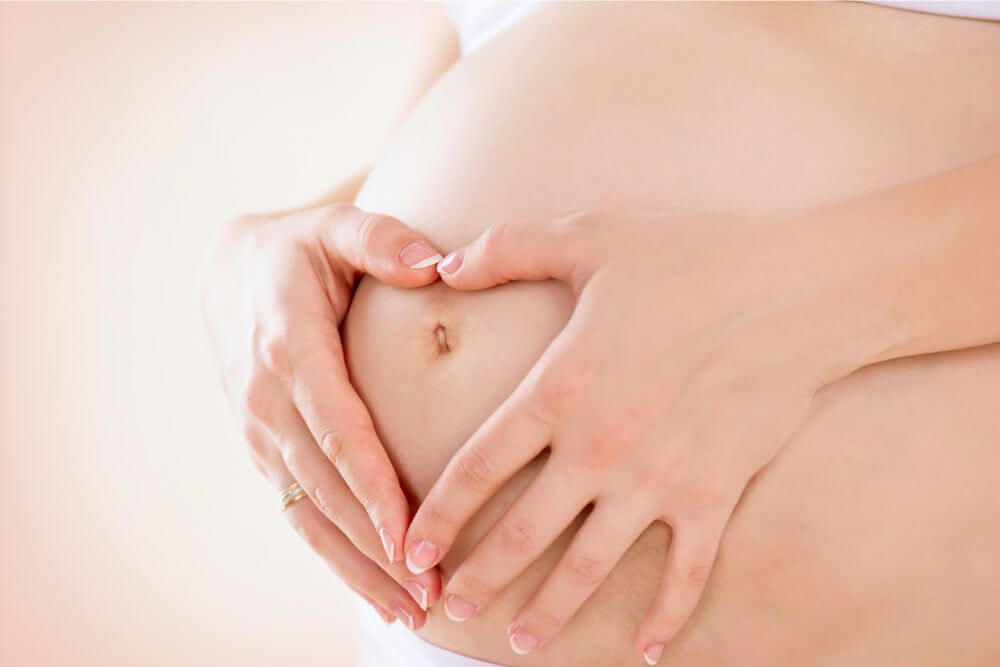Large for gestational age (LGA) is often defined antenatally before baby is born as a weight length or head circumference that lies above the 90th gentile on the growth chart and as such exceeds the weight expected for their gestation ( number of weeks in pregnancy).
The term Macrosomia ( which literally means large body) may also be used and describes the actual birth weight of a baby, and is commonly seen where a mother has gestational diabetes that is not well controlled or not picked up.
Approximately 5-8 out of 100 babies are identified as being large for gestational age. However the important thing to remember is that late scans are not accurate so the care pathway suggested to you needs careful consideration and thought before agreement, as you may find you are offered an induction at 38 weeks pregnancy in an effort to ‘stop baby growing any larger’ or to ‘reduce the likelihood of babies shoulders getting stuck’ which are the key reasons doctors will give you for early induction
(Use your BRAINS decision making acronym )
The average birthweight in the uk is 7lb 8oz for boys and 7lb 4oz for girls although the range of normal is between 5.5lb and 10lb
There is no strict definition of large for dates babies but it is generally accepted to mean babies expected to weigh more than 91b 14oz
Babies weighing more than 5kg (11lb) are deemed to be extremely large and this is the cut off for offering an elective c-section in the US because of the proposed risks of normal vaginal birth .
What causes a baby to be large for gestational age?
We do not always know what has caused a baby to be LGA, but the following women are at increased risk of having a large baby:
- Women who have had a large baby before or have a family history of large babies.
- Women who are obese with a body mass index (BMI) of 35 or above.
- Women who are known to be diabetic or develop diabetes during pregnancy– high levels of sugar in the blood can pass through the placenta to your baby and affect growth.
- Baby boys are also more likely to be large for gestational age than baby girls.
- However, many women who have a LGA baby do not have any of these risk factors.
How is large for gestational age diagnosed?
Your midwife will measure your tummy, with a measuring tape, during your pregnancy to monitor the growth of your baby, and record this on the growth chart in your pregnancy records.
If your baby’s size is above the 90th centile line on the growth chart you will be asked to have an ultrasound scan before 36 + 6 to check your baby’s size. If the scan shows that your baby’s size is above the 90th centile line then it is confirmed as an LGA baby.
There is no need to have further scans after 37 weeks. This is because the ability of a scan to predict the correct weight of your baby is reduced as your baby grows and you get nearer to your due date. Scans can be as much as 10-15% inaccurate for predicting the weight so we do not gain more information from doing this. It is more helpful for your midwife to measure your tummy and for you to continue seeing her.
What happens if my baby is large for gestational age?
If you are expecting a large for gestational age baby you will be offered a glucose tolerance test, if you have not already had one. This is a blood test which investigates your body’s ability to cope with sugar during pregnancy. You will be given another leaflet about this test if you need it. If the test shows that you have gestational diabetes (diabetes in pregnancy) you will be contacted by a specialist midwife who will also support you through your pregnancy.
This excellent article below from Rebekka Dekker at Evdence Based Birth gives an overview of the evidence around birthing with a larger baby and also the facts which is what you need to establish before making a decision
https://evidencebasedbirth.com/evidence-for-induction-or-c-section-for-big-baby/
Organisations such as AIMS can also be called directly to discuss your individual case and to help with your decision making
https://www.aims.org.uk











0 Comments